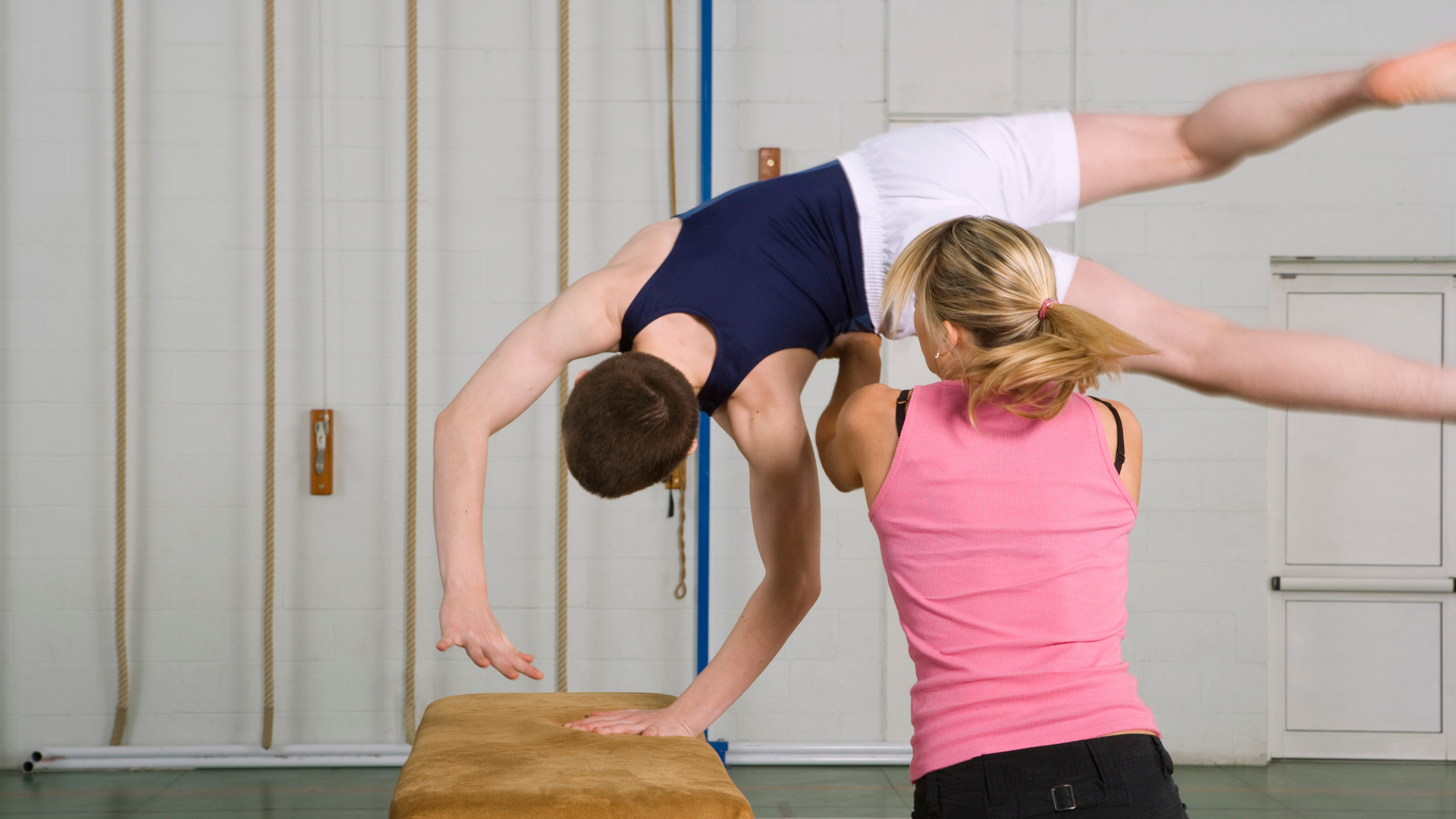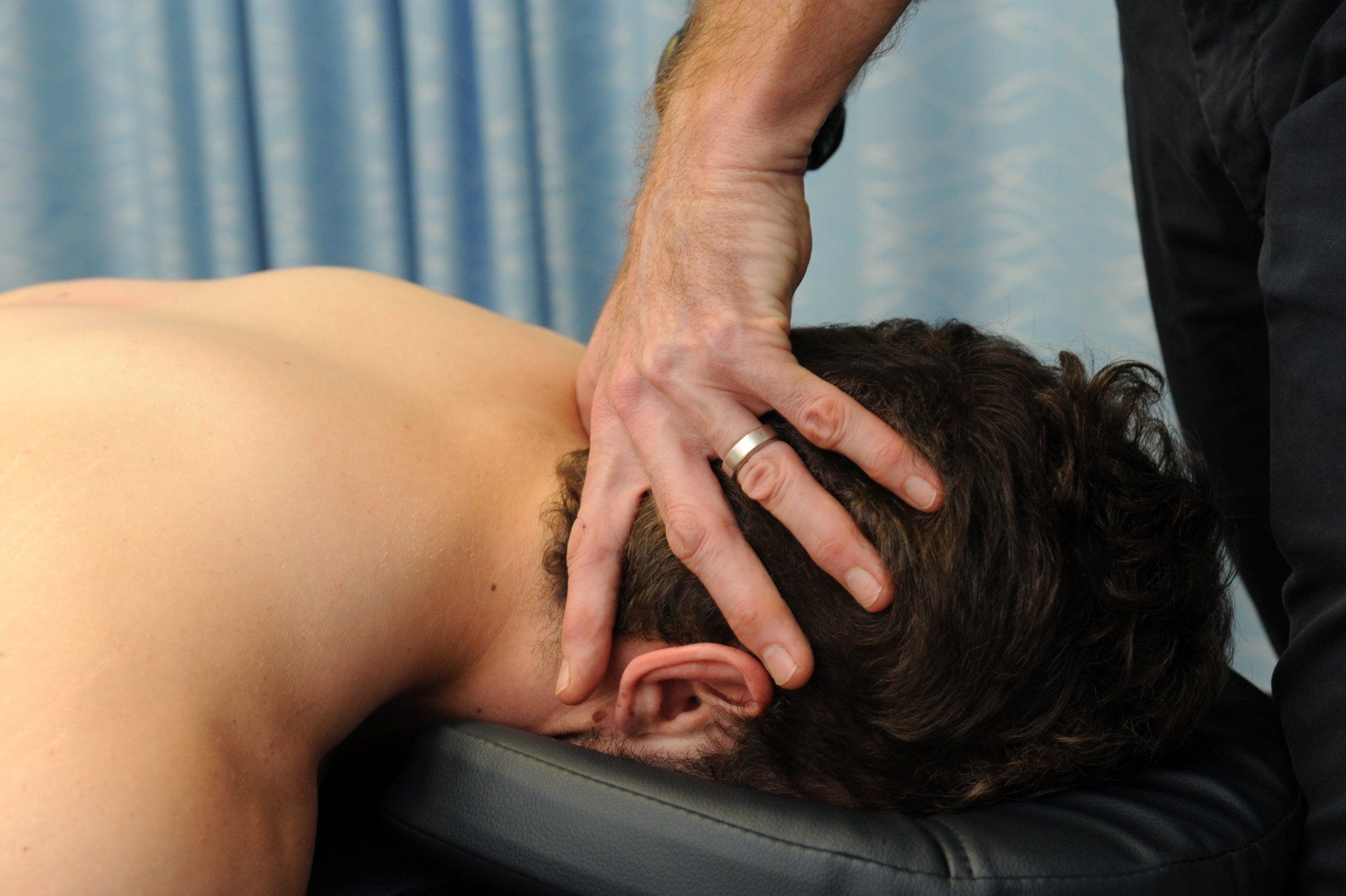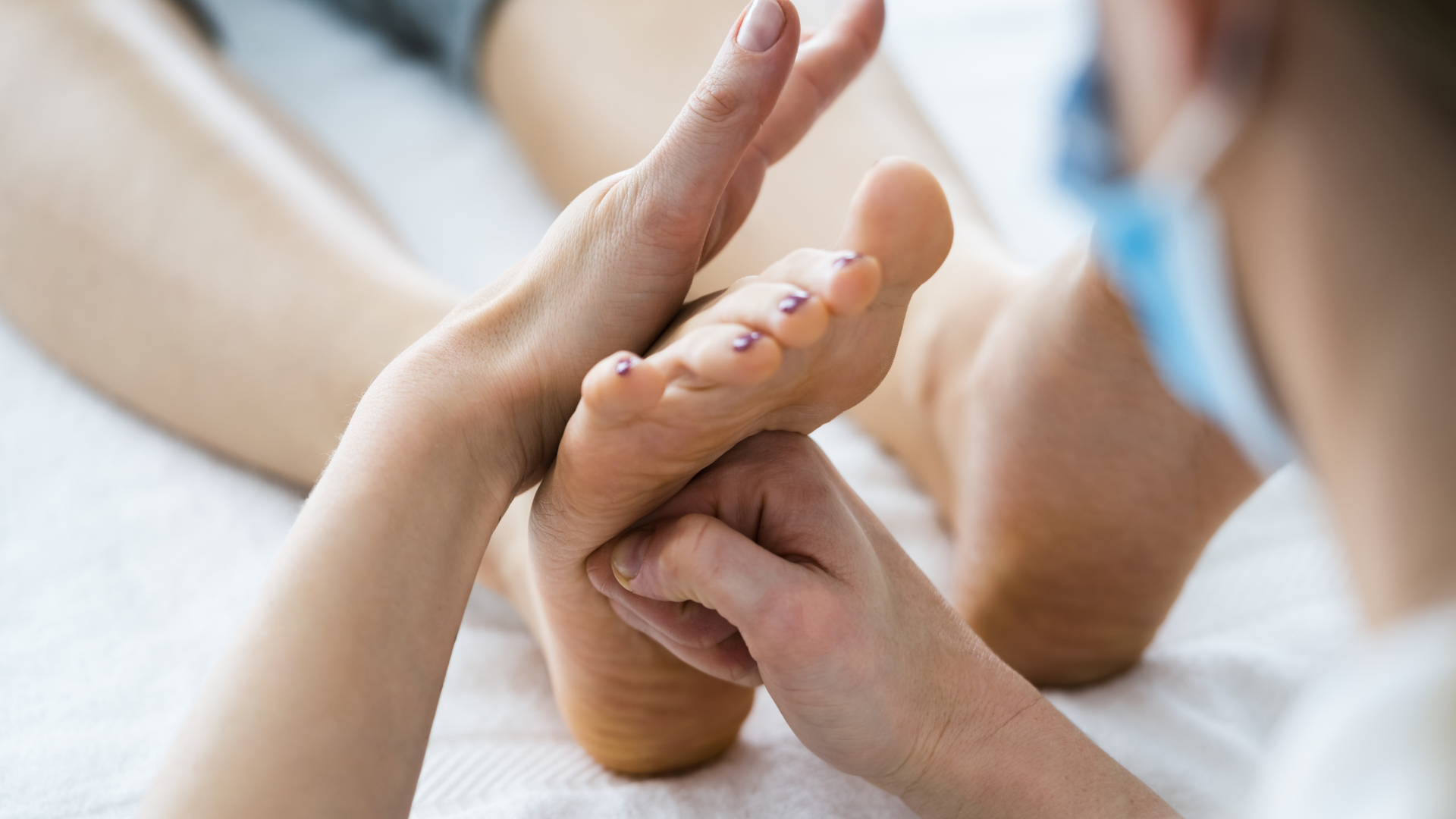The Wrist - Triangular Fibrocartilage Complex Injuries
Triangular fibrocartilage complex injuries require careful, considered, individualised management.

Try these low impact exercises for mild wrist pain
Try these low impact exercises for mild wrist pain
Triangular Fibrocartilage Complex (TFCC) injuries are a common cause of wrist pain particularly in sports that place high stress loads on the joint, for example gymnastics, tennis and weightlifting. It is a painful injury that impacts everyday function and participation in sport.
What Is the TFCC?
TheTriangular Fibrocartilage Complex (TFCC) is a group of ligaments and cartilage structures located on the ulnar (pinky finger) side of the wrist. It serves a crucial role by:
- Stabilizing the joint
- Supporting load bearing across the wrist, especially during gripping and twisting.
- Cushioning and stabilizing the small bones of the wrist during motion.
Think of the TFCC as a shock absorber for your wrist, especially during movements
that involve rotation or pressure.
The central part of the TFCC has an important blood supply. Injury to this aspect of the TFCC can disrupt the blood supply as well as destabilize the wrist joint, requiring careful planned management, often involving multidisciplinary health professionals to achieve optimal outcomes.
Who gets it?
TFCC injuries are common in gymnasts, tennis players, weightlifters, boxers, pole vaulters and hockey players either because of an acute injury or repetitive overload resulting in degenerative tears. For some people, there is a genetic component where the structure and alignment of the TFCC and the surrounding bones can make you more susceptible to this injury.
TFCC injuries are frequently missed after a fall onto an outstretched hand. In fact, between
35 and 70% of people who fracture their wrist also have a TFCC injury.
Common Causes of TFCC Injuries
TFCC injuries typically happen in two ways:
1. Traumatic Injury. This is often the result of:
- A fall onto an outstretched hand
- A sudden twisting motion of the wrist or forearm
- Lifting something heavy with a twisting grip
2. Degenerative Injury. Over time, the TFCC can wear down due to:
- Repetitive wrist use (e.g., in tennis, gymnastics, or manual labour)
- Age-related degeneration
- An anatomical mismatch (e.g., ulnar variance – when the ulna is longer than the radius)
Symptoms of a TFCC Injury
Symptoms can vary based on the severity of the injury, but common signs include:
- Pain on the ulnar (pinky finger) side of wrist that is particularly aggravated by gripping, twisting and putting weight through your hand.
- Clicking or popping during movement.
- Weakness when gripping or twisting objects.
- Swelling or tenderness around the ulnar side of the wrist.
- Decreased range of motion due to pain or stiffness.
Diagnosis
Physiotherapists are experts in the assessment and diagnosis of musculoskeletal injuries like this. Your physiotherapist will enquire as to the history of your wrist pain, the types of activities you frequently do, what aggravates your pain and how it behaves on a daily basis to determine if it could be a TFCC injury or something else.
A physical examination follows and will consist of palpation of structures to assess for pain and instability in joints around the hand and wrist, assess of movement and strength of your wrist, and a range of special tests for different structures in the hand and wrist, including the TFCC, to see if an injury to a specific structure has occurred. In addition to this, your physiotherapist may assess activities that are relevant to your goals and presentation such as sport specific activities.
Do I need imaging?
In most instances, where a TFCC injury is suspected, imaging is required as this can assist in directing treatment.
Initially X-rays are taken to rule out fractures. This is particularly important with a history of acute injury, such as aFOOSH.
Ultrasound can assist in identifying TFCC tears and their location within the TFCC.
In complex or recalcitrant cases, and where surgery is being considered, MRI or MR arthrogram can be taken for detailed views of soft tissue.
Treatment Options
Non-Surgical Management
Most TFCC injuries can be managed conservatively if no instability is present. Non-surgical management involves:
- Rest and activity modification: this will consist of a period of not weight bearing through your wrist along with some time off sport.
- Wrist splinting or bracing for 6 weeks to allow for structural healing.
- Anti-inflammatory medications (NSAIDs) may be prescribed by your GP or pharmacist to help manage symptoms.
- Taping to support alignment during healing and reduce pain.
- Stabilising and strengthening exercises
- Sport specific drills and exercises with a gradual return to sport program.
Surgical Intervention
If the severity of the tear is causing instability AND/OR central TFCC blood flow has been affected OR the injury fails to resolve with conservative management, surgery may be necessary:
- Arthroscopic debridement: Removing damaged tissue
- TFCC repair: Suturing the tear, especially for peripheral injuries
- Ulnar shortening osteotomy: For ulnar-positive variance that contributes to chronic TFCC problems
Recovery and Rehabilitation
Return to activity/sport timeframes will vary depending on the type of activity and the demand placed on the wrist. Importantly, rehabilitation and return to sport/activity must be individualised and carefully progressed based on clinical findings, signs and symptoms.
Typically, sports involving repetitive movements such as tennis may return with aid of bracing/taping in 6-8 weeks while sports involving high loads such as gymnastics may require 8-12 weeks to return to competition.
Surgery will generally be considered earlier in the management pathway if a tear is present in the central component of the TFCC as these injuries tend to result in unacceptable wrist joint instability and disruption of blood supply. Post-surgical recovery may take 3 to 6 months
Due to the complexity of the structures and the vital role the TFCC plays in wrist function, in the absence of a central tear or instability of the TFCC, evidence suggests up to 6 months of conservative rehabilitation should be undertaken prior to considering the need for surgery.
Prevention Tips
While it’s not possible to eliminate all risk associated with TFCC injuries, there are some things you can do to reduce your chances of this injury, particularly degenerative tears.
- Avoid repetitive wrist strain and sudden torque-like movements. If your sport does require repetitive wrist movements under load, then make sure there are adequate recovery periods and cross train to give your wrist joints some rest.
- Strengthen forearm and wrist muscles to provide joint support.
- Modify techniques in sports or work to reduce ulnar-sided loading.
Your physiotherapist understands these intricately and can work with you and your coaches or workplace to implement sustainable changes to reduce your injury risk and improve performance.
The Take Home
TFCC injuries require careful, considered, individualised management. Failure to respect the location and severity of this injury can have long term implications for wrist joint stability and function and have an impact on daily life, sport and work. The evidence suggests that early assessment and treatment by a qualified healthcare professional is important to plan appropriate management and allow for healing and recovery without the need for surgery.
Got wrist pain and want to get it sorted? Give us a call.
At Movement for Life Physiotherapy, we can assess and diagnose the cause of your wrist pain and let you know whether you have a TFCC injury, a wrist fracture, or if there is something else going on. With a clear diagnosis and tailored management plan, we'll help get you back to the things you love sooner.
Give us a call now or click on BOOK AN APPOINTMENT to book online.
References
- OrthoBullets. (n.d.). Triangular fibrocartilage complex (TFCC) injury. Retrieved May 12, 2025, from https://www.orthobullets.com/hand/6047/triangular-fibrocartilage-complex-tfcc-injury
- Physio-pedia. (n.d.). Triangular fibrocartilage complex injuries. Retrieved May 12, 2025, from https://www.physio-pedia.com/Triangular_Fibrocartilage_Complex_Injuries
- Physiotec. (n.d.). TFCC injury and wrist pain: Symptoms, diagnosis & treatments. Retrieved May 12, 2025, fromhttps://www.physiotec.com.au/tfcc-injury-and-wrist-pain-symptoms-diagnosis-treatments/
- Sports Injury Clinic. (n.d.). TFCC tear. Retrieved May 12, 2025, fromhttps://www.sportsinjuryclinic.net/sport-injuries/wrist-pain/acute-wrist-injuries/tfcc-tear
- Golden-Hart, A. L., Romero, J. M., Kakar, S., Vilai, P., Kannas, S., Salinas-Alvarez, Y., ... & Boettcher, B. J. (2024). Evaluation and Management of Triangular Fibrocartilage Complex (TFCC) Injuries in the Athlete. Current Physical Medicine and Rehabilitation Reports, 12(3), 276-286.
- Wu, W. T., Chang, K. V., Mezian, K., Naňka, O., Yang, Y. C., Hsu, Y. C., Hsu, P. C., & Özçakar, L. (2019). Ulnar Wrist Pain Revisited: Ultrasound Diagnosis and Guided Injection for Triangular Fibrocartilage Complex Injuries. Journal of clinical medicine, 8(10), 1540. https://doi.org/10.3390/jcm8101540








